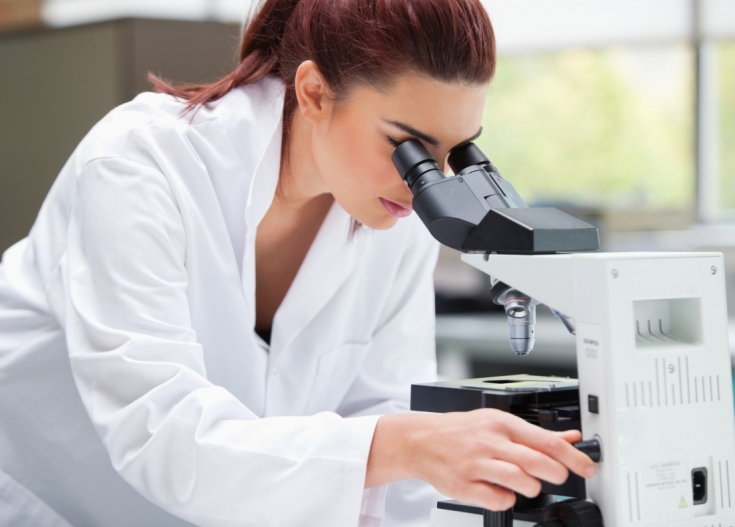Scabies – a parasitic skin disease of the acarodermatitis group, caused by the scabies mite Sarcoptes scabiei. As the name suggests, the main clinical sign of the disease is debilitating itching. Scabies transmission mechanism – contact. Sharing towels, bedding, and shaking hands and other bodily interactions with an infected person contributes to the spread of the disease.
According to official figures, the incidence of scabies is about 46 cases per 100,000 population, but the real numbers are probably much higher. Read more about modern methods of diagnosis and treatment of scabies on estet-portal.com in this article.
Debilitating itching – clinical manifestation of scabies of clean people
While scabies is traditionally considered a disease of people living in poor sanitation, this opinion is not entirely correct.
Recently, a condition called "scabies of clean people" has been widespread among the population.
For "itchies of clean people" latent manifestations of the disease are characteristic due to the observance of hygiene rules and the regular use of detergents. It is impossible to destroy the tick with such procedures, but the typical clinical picture of the disease is erased. Constant skin itching makes such patients turn to dermatologists, cosmetologists, general practitioners and even psychiatrists. Therefore, a doctor of any specialty needs to be aware of scabies every time he makes a differential diagnosis of pruritic dermatoses.
Diagnosis of scabies: what is needed to confirm the diagnosis
Despite the typical clinical manifestations of scabies, identification of the pathogen is necessary for diagnosis. This can be done with a stereomicroscope. It is first necessary to visualize the scabies themselves. To do this, a 5% solution of iodine should be applied to the patient's skin. The dye penetrates into the passages, which contributes to their visualization in the form of thin threads against the background of healthy skin areas. Microscopic identification of the pathogen, which can be removed from the itch with a needle, confirms the diagnosis. In addition, when examining a scraping of the epidermis under a stereomicroscope, the scabies mite can be visualized directly in the scabies tract.
Follow us on Telegram

Management of scabies: safe and effective use of insecticides
Treatment of scabies includes the use of topical and systemic insecticides: permethrin and ivermectin. Permethrin is available as a 5% cream. The agent must be applied to the areas of skin affected by scabies with a thin layer. Particular attention should be paid to the folds of skin between the fingers. It is necessary to avoid getting water and detergents on the skin until the cream is washed off. The drug must be removed from the skin 8-15 hours after application.
Repeat the procedure after 7-14 days. During treatment, clothing that has touched the patient's skin must be changed. It is also a factor in the transmission of infection, so it must be washed or destroyed. Treatment of scabies also includes a single dose of ivermectin at a dose of 200 mcg/kg. After two weeks, the drug should be repeated.
After the main course of treatment for scabies, the patient may experience itching at the sites of papules for about a month. This residual effect of the disease can be eliminated by the use of topical glucocorticoids and creams containing chlorhexidine.
Management of scabies should be carried out in compliance with all of the above aspects. Otherwise, there will be a rapid return of the disease against the background of inadequate therapy. Thank you for staying with estet-portal.com. Read other interesting articles in the "Dermatology" section. You may also be interested in: Which internal diseases can cause itchy skin.







Add a comment